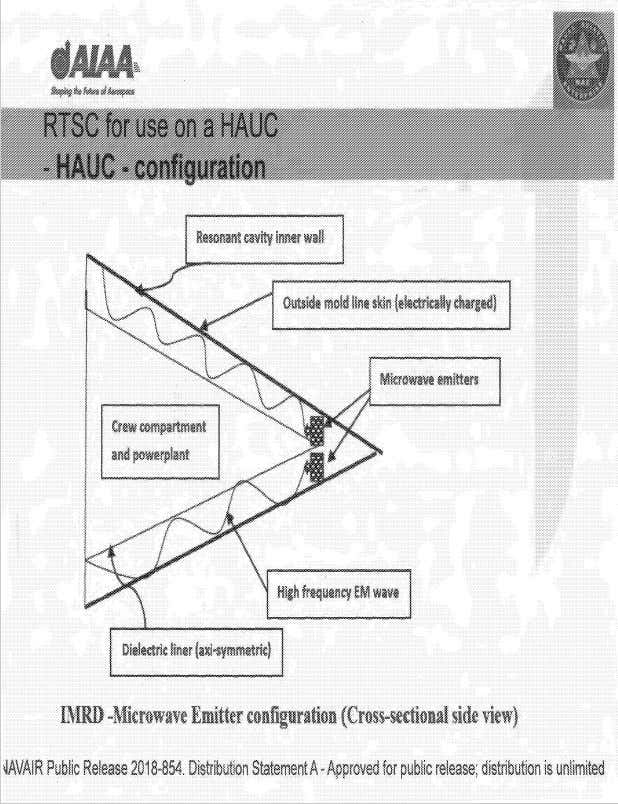https://sci-hub.se/10.1109/TPS.2019.2942997
I'm reading Dr. Pais - his claim
And the investigation of it.
However, in these patent documents, the inventor Salvatore Pais, Naval Air Warfare Center Aircraft Division's (NAWCAD) patent attorney Mark O. Glut, and the U.S. Naval Aviation Enterprise's Chief Technology Officer Dr. James Sheehy, all assert that these inventions are not only enabled, but operable. To help me understand what that term may mean in these contexts, I reached out to Peter Mlynek, a patent attorney.
Mlynek informed me that the terms “operable” or “operability” are not common in patent applications, but that there is little doubt that the use of the term is meant to assert to the USPTO that these inventions actually work
In the patent application documents for the HEEMFG, we came across a record of an interview requested by Pais and the Navy as part of the appeal process for the patent’s initial rejection. During this telephone interview, which took place on July 10, 2018, Pais and the Navy’s attorney presented evidence that the high energy electromagnetic field generator was, in fact, operable and was a “formative invention in its incipient stage(s).”
..........
Following that rejection, Naval Aviation Enterprise Chief Technology Officer Dr. James Sheehy once again stepped in to write a letter to the USPTO personally to vouch for the room temperature superconductor, going so far as to declare that the RTSC is “operable and enabled via the physics described in the patent application” and Pais’ publications. Again, the keyword here is “operable,” which has a different meaning than simply “enabled.”
So Pais Room Temperature Superconductor patent was rejected at first but then:
Sheehy assures the examiner that he is “well versed in the generation of electromagnetic fields, high temperature super conductivity, and physics in general.” Note, too, the last line: Sheehy’s declaration was made with the knowledge that false statements to the USPTO are punishable by fine or imprisonment.
Sheehy’s letter was accompanied by a statement from Naval Aviation Enterprise attorney Mark Glut in which Glut states that “Sheehy states the invention is operable and enabled, thus overcoming both rejections."
Following that rejection, Pais and NAWCAD’s patent attorney Mark Glut requested a telephone interview that took place on June 6, 2019. According to the USPTO’s public database, the appeals surrounding the room temperature superconductor are still ongoing despite the declarations made by Dr. James Sheehy and attorney Mark Glut.
Hi Brett: If you go to the National UFO reporting center database - the sightings of these triangle craft are very common and usually low and slow - as I saw it. It does make a 'humming noise" but other people report having radiation type effects if they have the craft go right over them. One person reported an insignia that someone else identified precisely - it was an insignia on the bottom of the craft and from the Space Innovation Center. So then other people report seeing the craft accelerate so fast it seems to disappear. So then it appears maybe this tech IS OPERATIONAL and maybe Dr. Pais is just a conduit for the tech going public as a patent claim.
Vibration can be
achieved by passing an electrical current through piezoelectric
films such as lead zirconate titanate (PZT) imbedded in the
PCFD duct inner walls. The PCFD device is housed in a
Faraday cage for reasons of personnel safety.


No comments:
Post a Comment